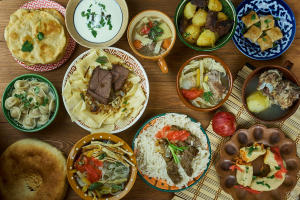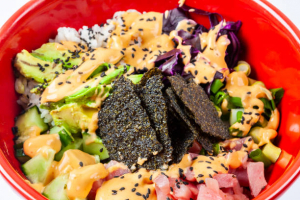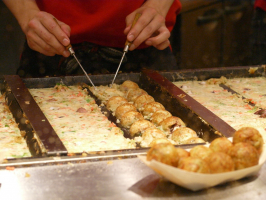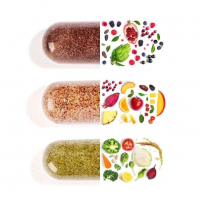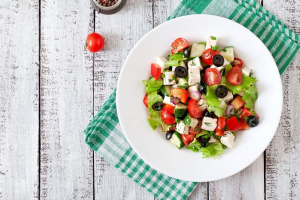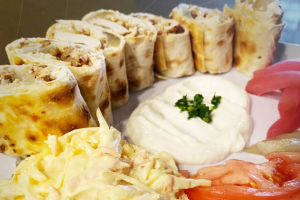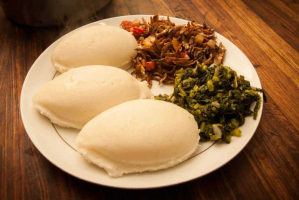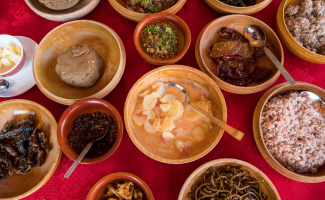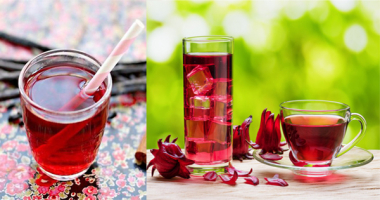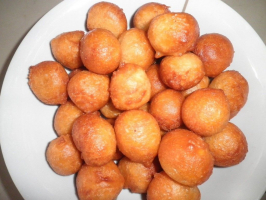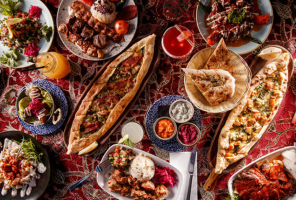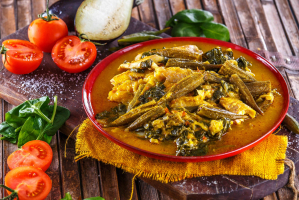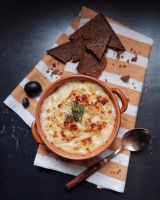Top 9 Best Zimbabwean Foods
While Southern Africa's sleeping giant has yet to ignite the culinary world, that doesn't mean Zimbabwe doesn't have an intriguing traditional food scene worth ... read more...exploring, whether as a visitor to the country or as a diner at a restaurant run by Zimbabwe's expats. Because of the hot and dry climate, meats are frequently more common on menus than vegetables. They are usually served with rice or cornmeal porridge, which are both cheap and filling. If you're planning a trip to Zimbabwe and want to get a taste of the local cuisine, Toplist hopes our list of the Top 9 greatest Zimbabwean cuisines will point you in the right direction.
-
Muboora is a Zimbabwean-style traditional African cuisine. Pumpkin leaves, oil, tomatoes, onions, salt, and soda bicarbonate are used to make it. Because the pumpkin leaves are frequently full of soil, they must be washed thoroughly. They are cooked until the onions and tomatoes are thoroughly cooked in a pot filled with boiling water and all of the other ingredients.
Muboora is often served with sadza (pap) and a relish on the side once cooked. Cream can be added to the dish if desired, and there is also a variant called muboora une dovi that includes peanut butter.
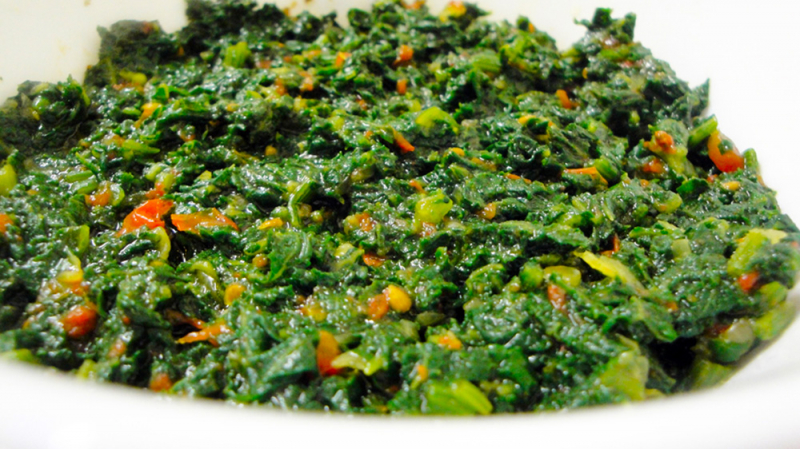
zimbokitchen.com 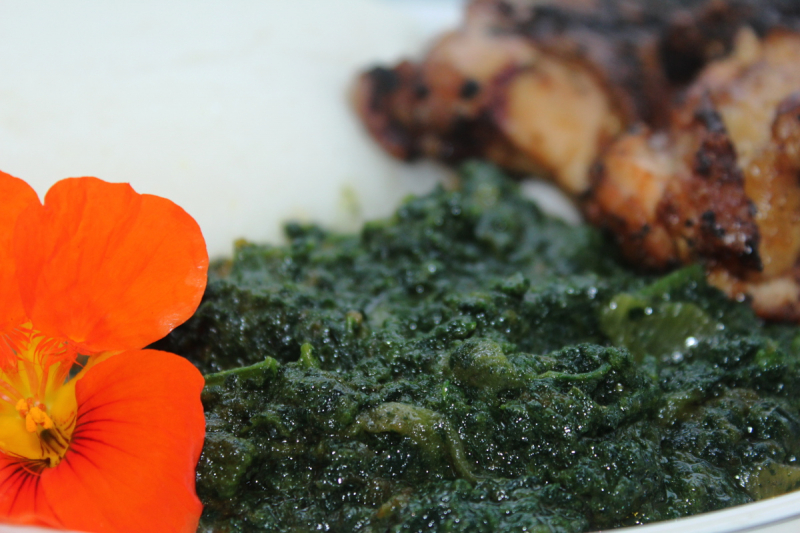
princesstafadzwa.com -
Mupunga unedovi is a Zimbabwean-style traditional African meal. Only three ingredients are used to make this easy dish: long grain rice, peanut butter, and salt. The rice is boiled in water until it absorbs all of the liquid, and then the peanut butter and some water are added to the saucepan.
Cook for a few minutes longer, until the rice and peanut butter are well combined and the rice is slightly undercooked. Mupunga unedovi is most commonly served with a variety of meat stews and sauces. It's also recommended that you eat the leftovers the next day with a cup of tea.
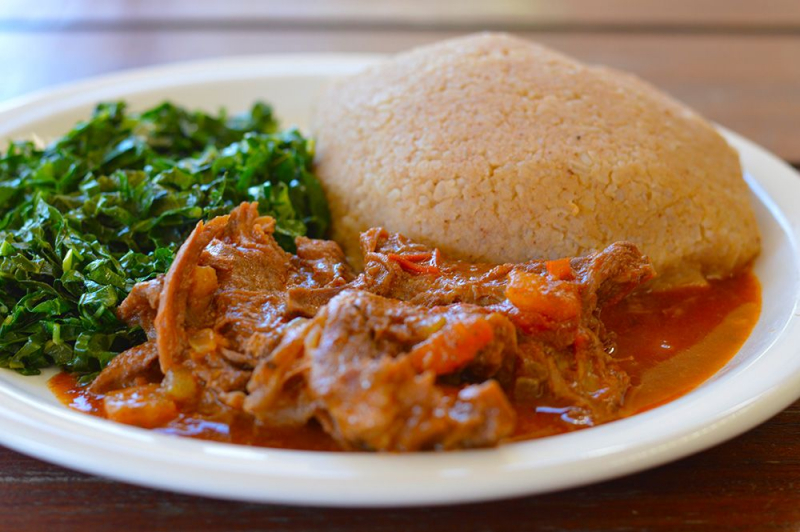
pinterest.com 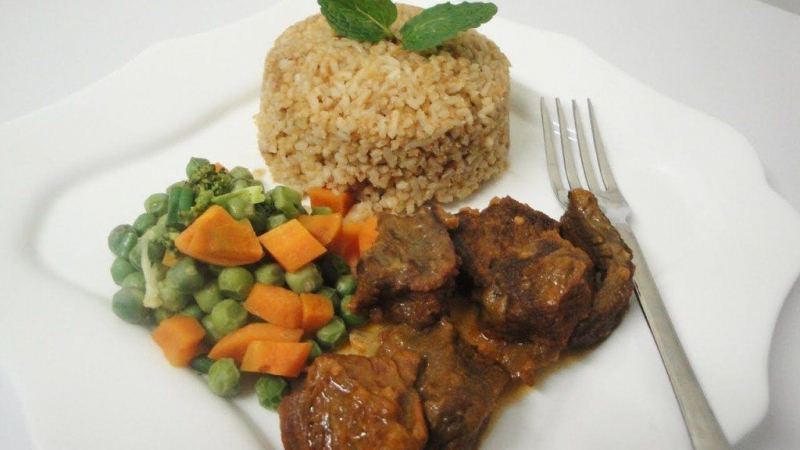
pinterest.com -
Nothing in Zimbabwe is more traditional than mopane worms, one of the country's most popular delicacies. The mopane worm is not a worm at all, but rather the larva of the emperor moth, which feeds on the leaves of the country's mopane woods. Mopane worms, which are about the thickness of a finger and grow to be the length of a hand, aren't cultivated and can be found in the wild as they feed.
They're twisted between the hands right away, ejecting the contents of the gut, and then dried or boiled to preserve them. After that, the mopane worms are usually cooked with onion, tomato, and seasonings.
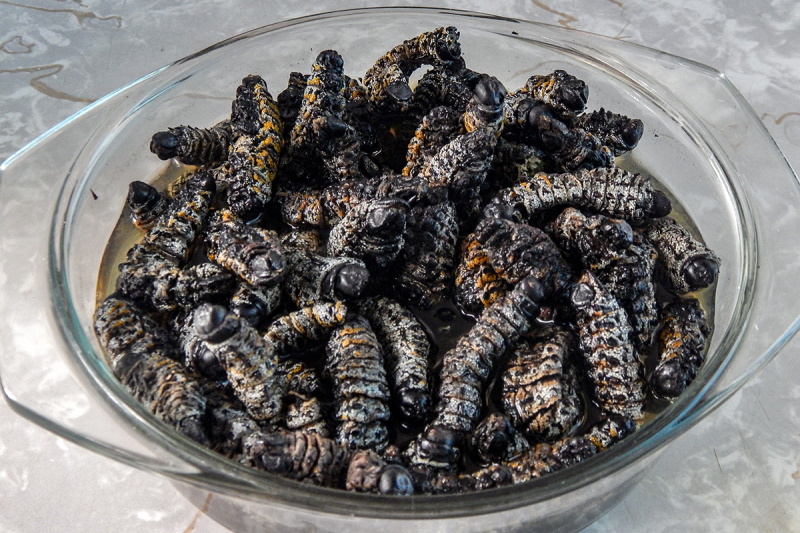
theculturetrip.com Video: COOK WITH TERRY's Youtube Channel -
Ifisashi is a meatless stew prepared from spinach leaves and peanuts that is popular in Zimbabwe and Zambia (ground nuts). Sadza is usually served with it.
It has a background flavor of onions, which are sautéed in oil until tender before being put into the pan with tomatoes and entire peanuts. The spinach leaves are added after the tomatoes have begun to break down after a few minutes. When they have withered, the ifisashi is ready.
Ifisashi should be on your list of traditional Zimbabwean foods to try since it combines the sweetness of onion and tomato with the mild sharpness of fresh spinach and the richness of peanut.
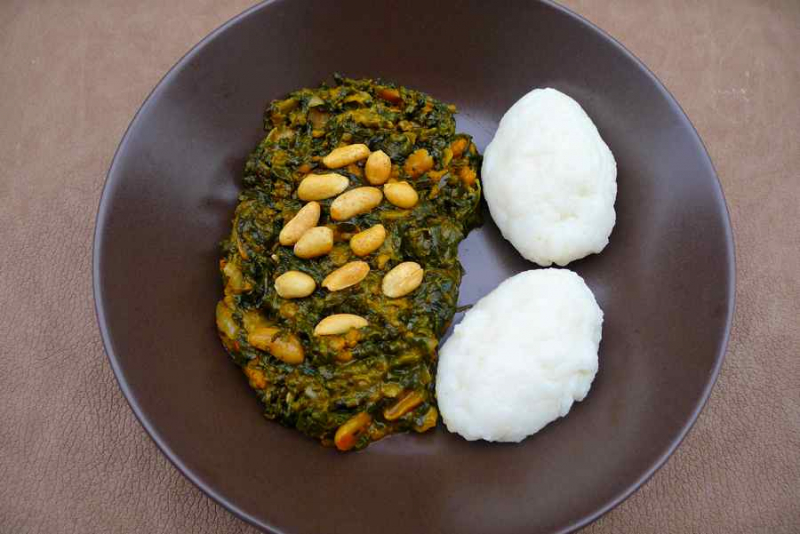
196flavors.com 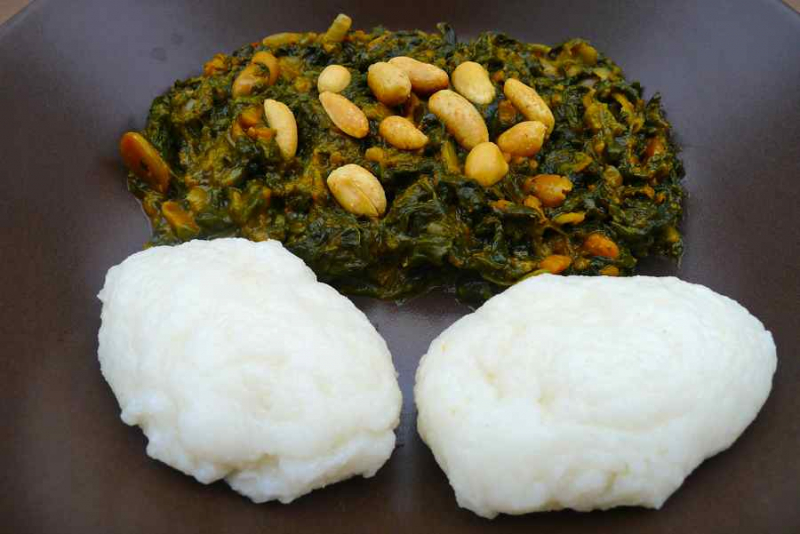
196flavors.com -
Freshwater tilapia is a popular fish in landlocked Zimbabwe, and it can be eaten right out of the nets of local fishermen, but it's often dried or smoked for transport to other parts of the country. It gives the tilapia a texture comparable to air-dried meats like jerky or biltong, and it increases its fishy flavor to that of sardines or anchovies by drying and smoking it.
When it's caught fresh, it's frequently cooked whole, either in the oven or over open embers on the street. The fish is coated with oil laced with spices like curry or chili powder to keep the flesh wet, giving it a heat that can be tamed with a spoonful of sadza.
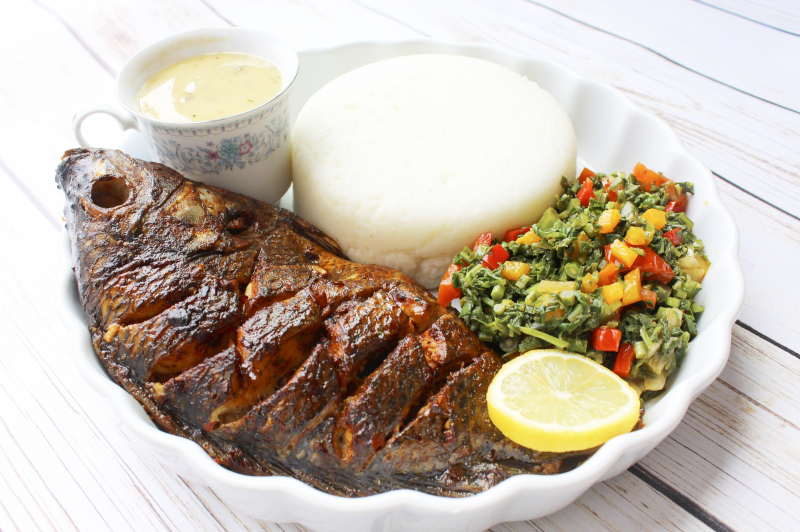
atasteozimboivyskitchenette.com 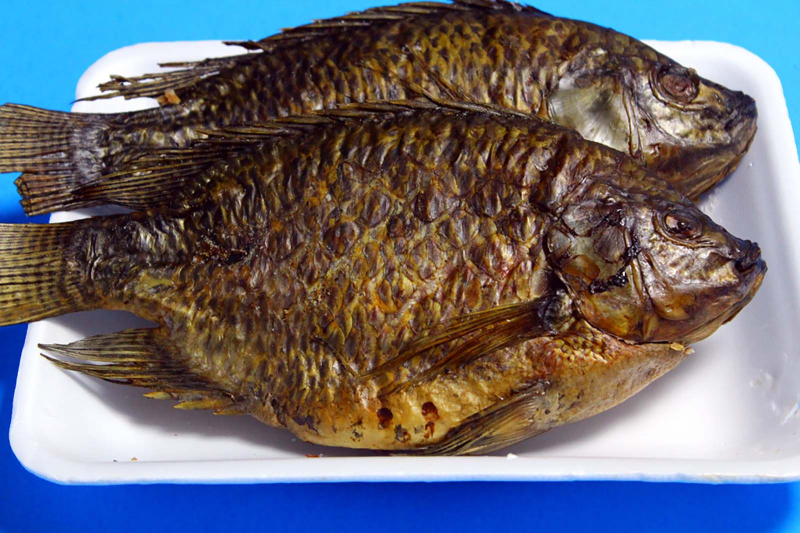
https://www.jozzyfarm.com/ -
Sweet tooth foods aren't as common in Zimbabwe as they are in Europe or the United States, but biscuits are a popular stomach filler for both children and adults. Mapopo is a much more traditional and wholesome treat.
Paw paw (papaya) and refined sugar are combined to make mapopo, a sweet or candy. Pieces of the ripe orange-fleshed fruit are coated with a generous amount of sugar in a pan. The mixture is swirled as it is slowly heated until the sugar crystallizes around the fruit pieces, resulting in Zimbabwe's version of fruit gum. Simply delectable!
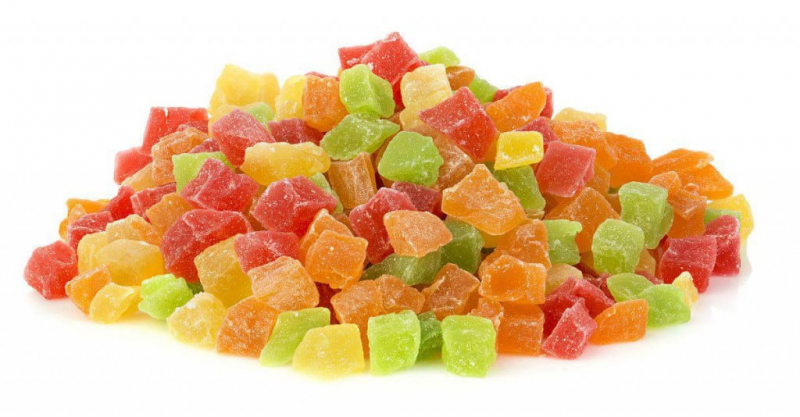
travelingeast.com 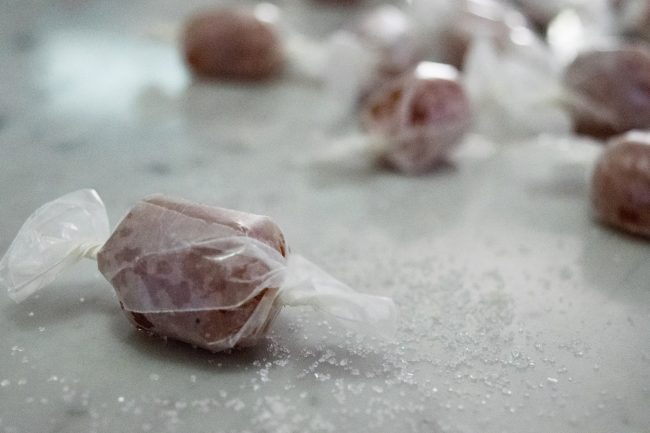
exceltravelstylemagazine.com -
If you go along any street in a town or city and pass by a bakery, you'll notice these pink delicacies prominently displayed in a window or on a counter. Simply put, chikenduza is a plain sponge cake with a big amount of pink frosting on top.
Chikenduza, also known as Candy Cake, is a type of cake that is made to seem like a muffin, although a very large one, roughly twice the regular size. They have a solid texture, however yeast is employed in authentic recipes to give the dough a rise, and a flavor that derives from the vanilla. Despite its pink look, chikenduza have long been regarded as an inexpensive and satisfying meal for Zimbabwe's male laborers, who burn thousands of calories per day while working.

tarasmulticulturaltable.com 
medmunch.com -
Mutakura is a nutritious dish made from peanuts (Nzungu), maize (Chibage), bambara nuts (Nyimo), cow peas (Nyemba), and sugar beans. If only peanuts and maize are used, it is known as Mangai, which is similar to South Africa's Umngqusho. The ingredients are simple, but they combine to make a delicious dish.
Mutakura contains both carbohydrates and proteins, making it a highly nutritious meal. It is made by soaking the ingredients overnight, then combining them and boiling them for several hours, or until soft. It's a versatile dish because Zimbabweans eat it for breakfast with a cup of tea, for lunch or dinner, with or without meat.
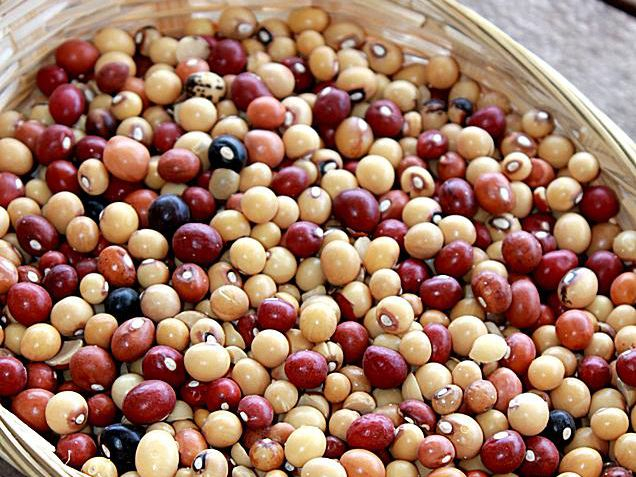
https://www.thespruceeats.com/ 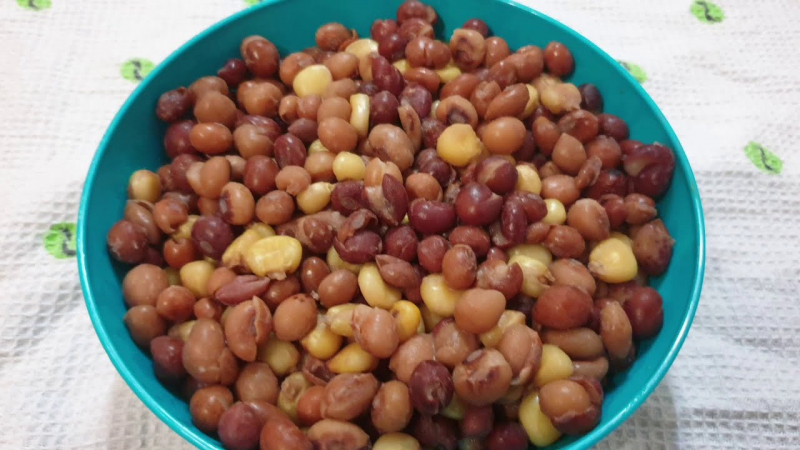
Photo: COOK WITH TERRY's Youtube Channel -
Bota is a watered-down version of sorghum, maize meal, or millet sadza. It is prepared by simmering hot water with maize meal for 30 minutes, or until it thickens. Margarine, salt, peanut butter, and sugar can all be used to flavor it. Some people like to use fresh cream to dress up the dish.
Bota can be enjoyed by both children and adults, but it is traditionally regarded as a children's meal. Because it is commonly served as the first meal of the day, it helps fuel people who go out to the fields in rural areas.
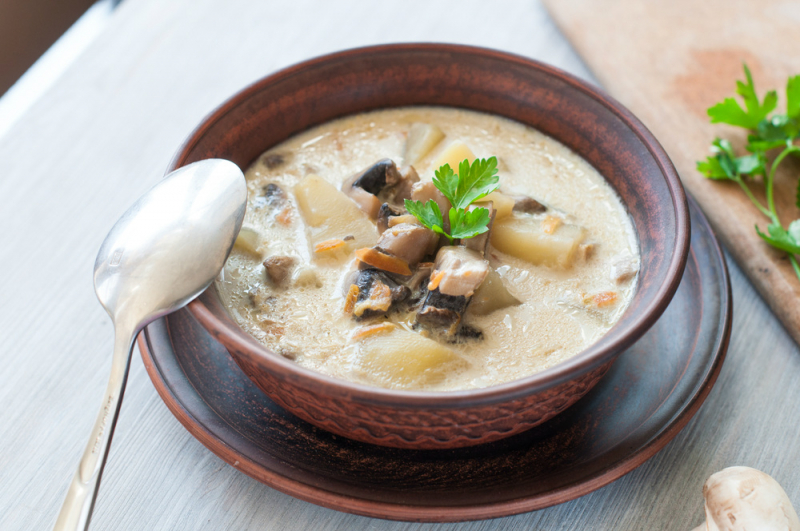
blog.finmail.com 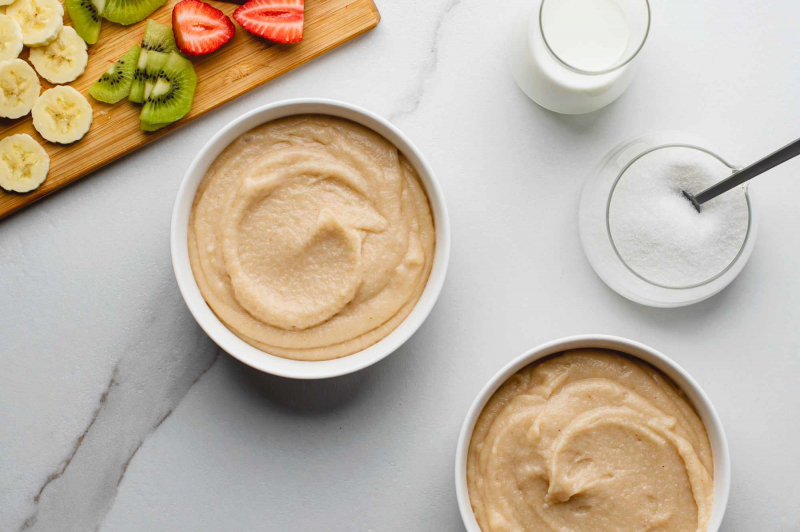
https://www.thespruceeats.com/












